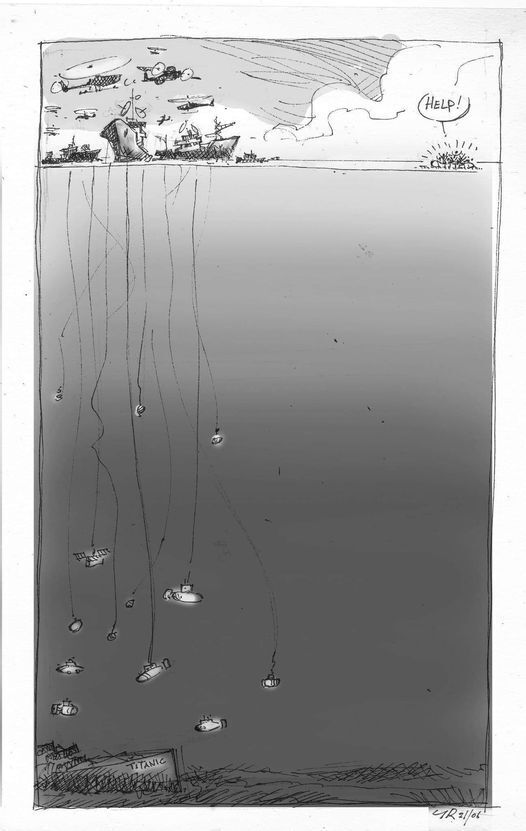#fuckthembillionaires
"#PeerTube is a free and open-source, decentralized, ActivityPub federated video platform powered by #WebTorrent, that uses peer-to-peer technology to reduce load on individual servers when viewing videos.
Started in 2017 by a programmer known as Chocobozzz, development of PeerTube is now supported by the French non-profit Framasoft.[4] The aim is to provide an alternative to centralized platforms such as #YouTube, #Vimeo, and #Dailymotion.
As an #ActivityPub platform, it is part of the federated network known as the #Fediverse."
https://en.wikipedia.org/wiki/PeerTube
#thisistheway #fuckgoogle #fuckbillionaires #fuckthembillionaires
"The Hidden Cost of Air Quality Monitoring
Over the last few months, one of the largest air quality monitoring manufacturer in the world has increasingly crippled their free data plan to the point that their free API does basically no longer work and forces people to upgrade to a paid plan. This has been done in a very opaque way creating confusion for their customers.
Unfortunately we do observe this worrying trend among a number of manufacturers in the industry and want to highlight the various invisible costs of owning an air quality monitor. Often customers believe that the costs of an air quality monitor are only two parts, the initial hardware costs and possibly a subscription to the data platform. However there are a number of ways that some monitor manufacturers deploy to increase your costs of ownership considerably which I will highlight in the following.
Proprietory Sensor Modules
Nearly all of the air quality monitors in the price range up to around USD 1000 use of-the-shelf sensor modules from companies like SenseAir, Plantower and Sensirion. **These sensor modules (in higher quantities) typically cost between USD 2 and USD 15. **Some of these modules have a limited lifetime and need to be replaced every 2-3 years. Although it would be very easy to replace these modules directly, a number of companies are now packaging these modules into small proprietary cartridges and are selling these for up to ten times the underlying module cost. Thus preventing the customers from sourcing the same module much cheaper. Furthermore, their dashboard will display a message to purchase replacement cartridges often when these modules are still very accurate and could be used for a much longer time.
Ecosystem Lock In
It appears that some sensor manufacturers have a strong desire to force people into subscriptions and this is sometimes even a metric mentioned in their annual reports. The problem is that this will lead directly to a lock-in into the manufacturers ecosystem and these companies have no intention to allow the monitor to directly send data to another server, e.g. home assistant through MQTT. Sometimes this even leads to totally functioning monitors being sunsetted because the company does not want to support an older API anymore.
Life-time of the Monitor and Repairability
It is very easy to design an air quality monitor for repairability and a long life. We know this because we designed our monitor AirGradient ONE and our open source DIY kits with exactly this paradigm. However, even though a long life time of products is really beneficial for our planet and the owners of the monitors, it might not maximize the profit of companies (at least in the short term). So unfortunately many air quality monitors break after only a few years of service and are often difficult or even impossible to repair because the manufacturers think it’s not in their interest.
Data Ownership
Air quality data - especially outdoor data - can be monetized in different ways. **Some companies sell air quality data to governments or make them available as (paid) API e.g. for weather apps. Others use the data in their online pollution maps to advertise their own products. **The terms and conditions of who actually owns the air quality data from your sensor are often vague. It is quite paradox that one of the most popular outdoor air quality sensor for citizen science projects has actually in their T&Cs that you do NOT own the very data you collect. Unfortunately, many customers do not read the terms and conditions and are not aware of this. We strongly believe that air quality data should belong to the ones who own the monitors and not the manufacturer. We also strongly encourage people to share their outdoor air quality data with the public through open data repositories like openAQ."
https://www.airgradient.com/blog/hidden-costs-of-air-quality-monitoring/




















